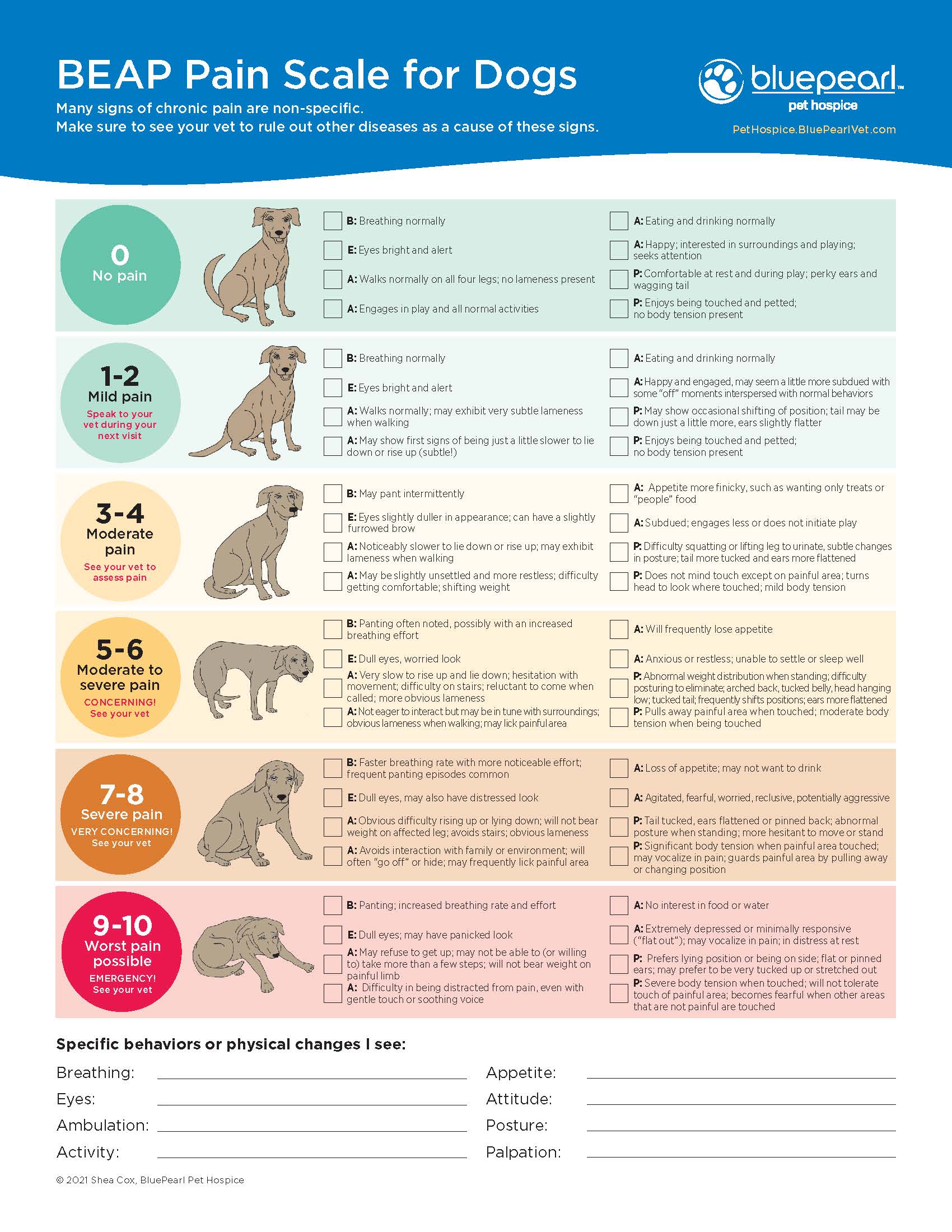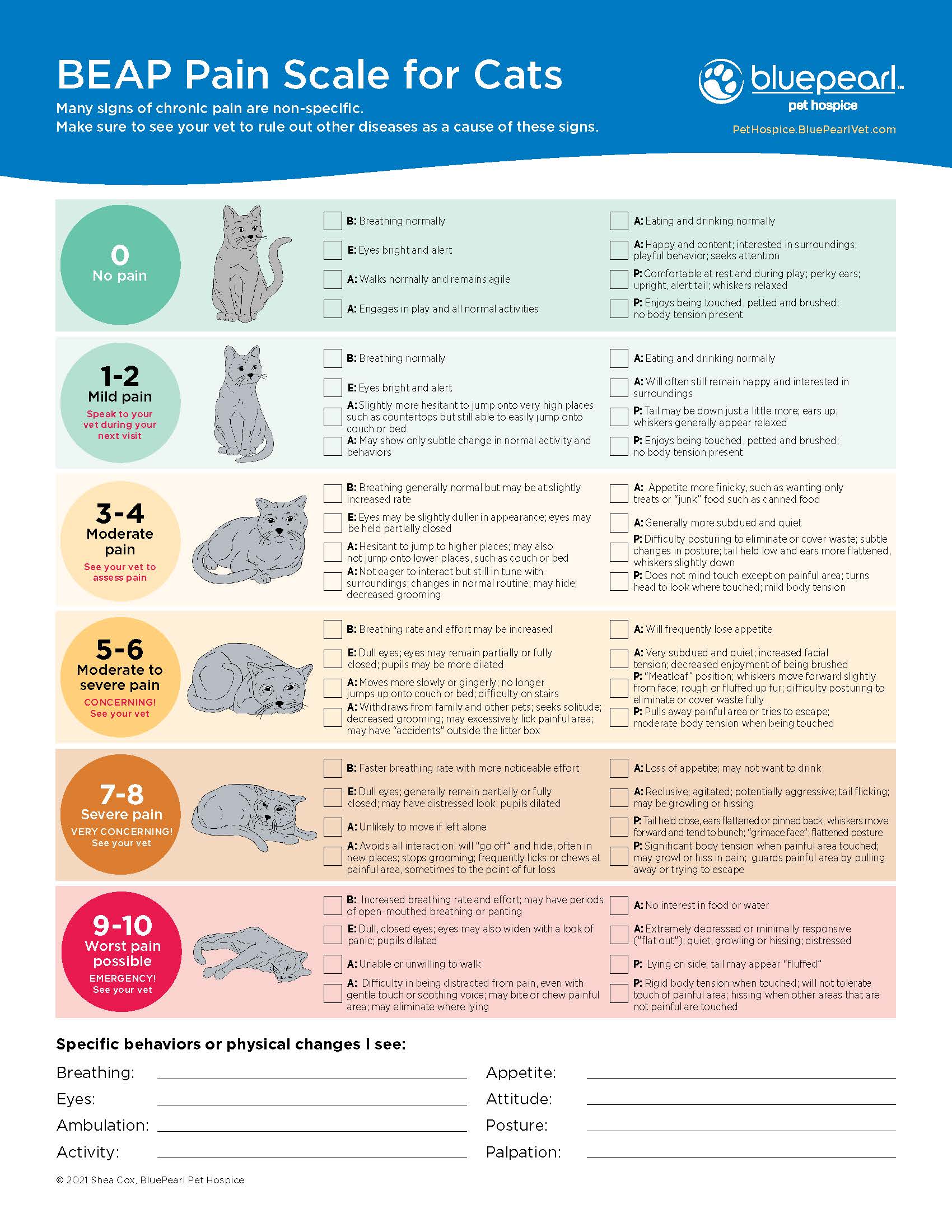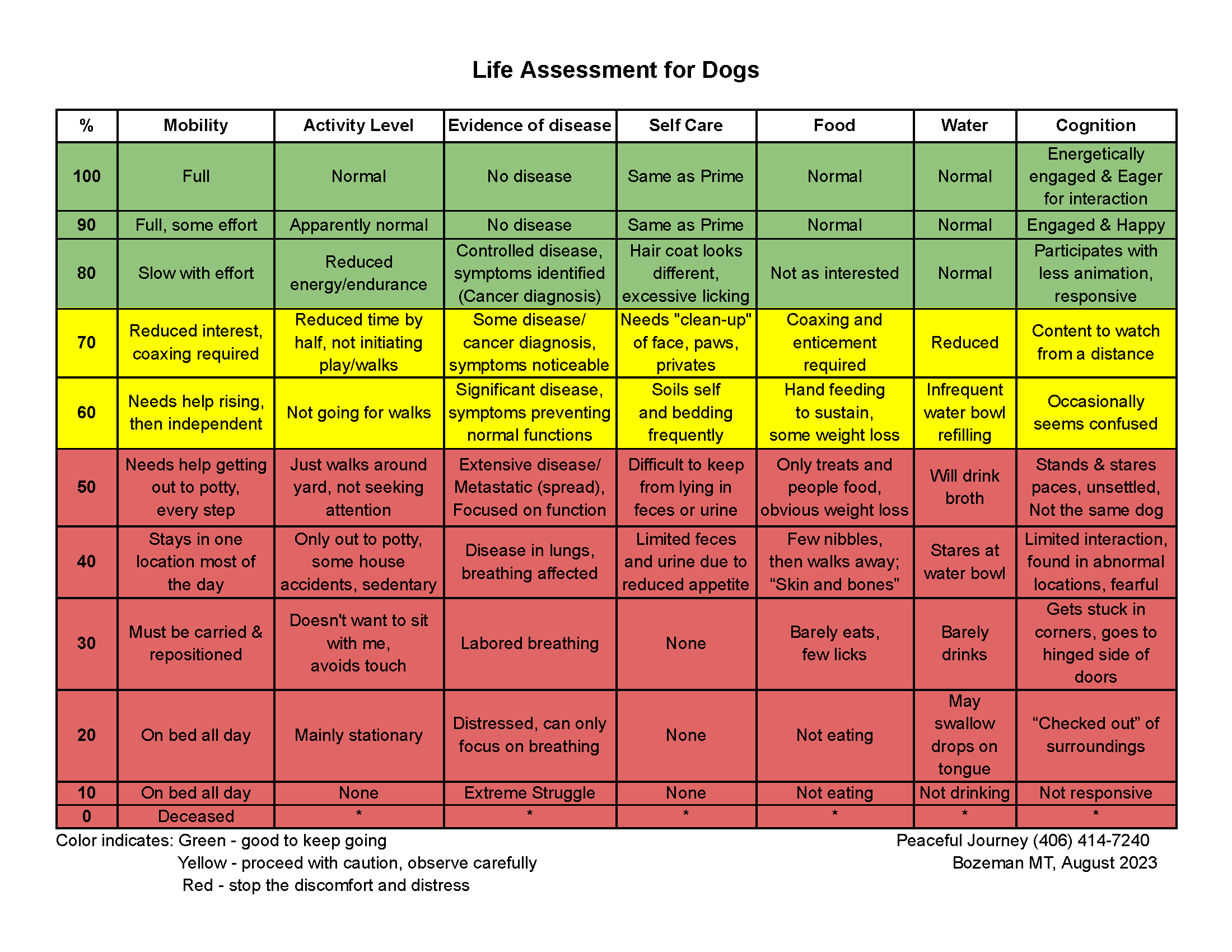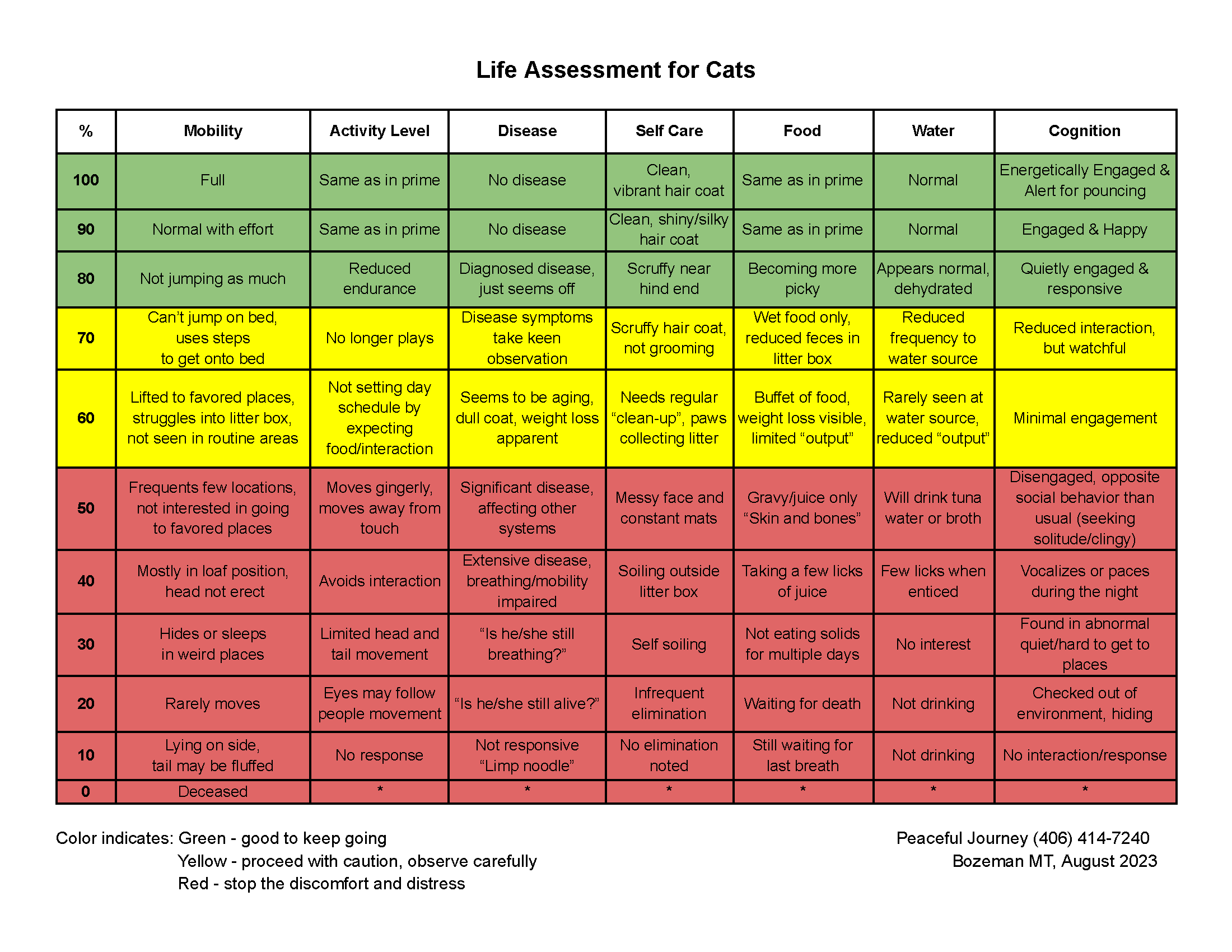The Decision
One of the hardest things we do as pet owners is watch them age and worry we are doing everything we can for them. There may come a time when we wonder if we are extending their suffering selfishly. Making the decision is often a difficult and emotional process that many describe as heartbreaking or the hardest thing they have ever had to do. Others may feel immense guilt or procrastinate and avoid making the decision altogether. Although it’s difficult, planning an at-home euthanasia for your ailing pet is usually the kindest and most humane thing you can do. Some people have a difficult time with the thought of euthanasia. Keep in mind the failing body is causing the end of life, not you.

Comfort at Home
It can be comforting for both you and your pet to be at home during this difficult time. Your pet will be more relaxed and comfortable in a familiar and secure place- in his bed or under her favorite tree. The home setting also allows a more personal experience for the whole family. The loss of a pet can be particularly difficult for children to understand. At home children feel secure and are free to express their emotions openly.
At home euthanasia is the best gift you can ever give your pet, where they can pass on surrounded by your love and the comfort of their home environment.
BEAP Pain Scales and Life Assessments for Dog and Cats
**These are just more tools to be used to help put qualifiers on some lines that can get blurry during these situations. This system is not an absolute; it is just meant to help your objectivity. Pet caregivers can use these BEAP Pain Scales to help determine the success of hospice care.




